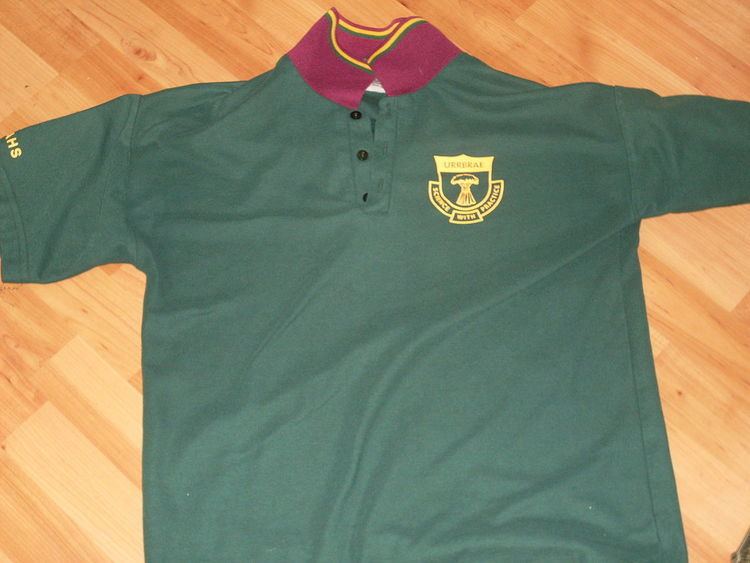Established 1913 Principal Wal Czernezkyj School roll 1058 | Phone +61 8 8372 6955 Founded 1913 | |
 | ||
Type Co-educational secondary school (Years 8-12) Similar Marryatville High School, Unley High School, Mitcham Girls High School, Blackwood High School, Pembroke School | ||
Urrbrae agricultural high school anzac recognition
Urrbrae Agricultural High School is a public high school in the Australian state of South Australia, with approximately 1,016 students. The school is located in the Adelaide suburb of Netherby, about 5 kilometres (3.1 mi) south-east of the Adelaide city centre. It is adjacent to the Waite Agricultural Research Institute of the University of Adelaide, the CSIRO Agricultural Research facilities in the suburb of Urrbrae, and various other agricultural and horticultural facilities established by Peter Waite, the University of Adelaide, and the South Australian state government.
Contents
- Urrbrae agricultural high school anzac recognition
- History
- Farm
- Uniform
- Federal politicians
- State politicians
- References
The school is designated as a Special Interest School in Agriculture and the Environment, and is the only comprehensive special interest agricultural secondary school in South Australia. Its courses are strongly focused on agriculture, horticulture, viticulture, aquaculture, environmental aspects of the earth, and other environmental subjects. In those aspects, it awards certificates. Urrbrae also has a strong science and technology background, with extensive technology workshops, and many related courses available to students; (e.g. environmental technology and automotive technology). It also offers education programs for adults, and houses a TAFE campus.
Urrbrae Agricultural High School has an application process for students in Year 7 who wish to attend Urrbrae in their secondary school years. Unlike most public schools, Urrbrae is not part of the zonal system, and does not necessarily accept students based on where they live; being the only comprehensive special interest agricultural secondary school in the State, is has students from all over the state. Students from country and distant areas often board locally, and many students travel long distances to school.
The campus includes a 35 hectare farm, (total size including farm, wetland, school and TAFE is 45 hectares) and year 10 Urrbrae students give tours to visiting students from other schools. Urrbrae also has a swimming pool, a rock climbing wall, grass tennis courts, asphalt tennis courts and playing fields. A large corner of the site has been turned into a wetland, which is open to other schools to visit.
History
The school was founded in 1913 through a bequest from Peter Waite, (a South Australian pastoralist and public benefactor), as a school to teach agriculture to boys. In 1972 it enrolled its first two female students, and in 2002 it achieved its first year-level that was equally represented by both genders.
The Urrbrae Old Scholars Association was established in 1934.
Farm
The UAHS farm is a 35 hectare farm which has many enterprises, including:
The Year 10, 11 and 12 students are involved in wine making, and with parental permission, are allowed to sample their own wine. Students are also able to make other produce, like butter and yoghurt, through Agriculture Studies courses. These include practical lessons during the week, where students are able to participate in hands-on activities in all the different enterprises at the school. Activities include grooming and caring for the animals, and making butter, olive oil, and dried fruit from the school orchard and vineyard. In Year 8, students undertake a "Home Project" where they care for an animal or a plant, and record their experiences. Students also make vegetable gardens (silver-beet, carrots, cabbages, beetroot, broccoli, olive trees, cauliflower etc.), and are permitted to take home or sell the produce they grow.
There are many lunch time clubs for students, with one for nearly every enterprise on the farm, including poultry, horses, plants and bee-keeping. Although club membership is voluntary, these clubs have high participation rates.
